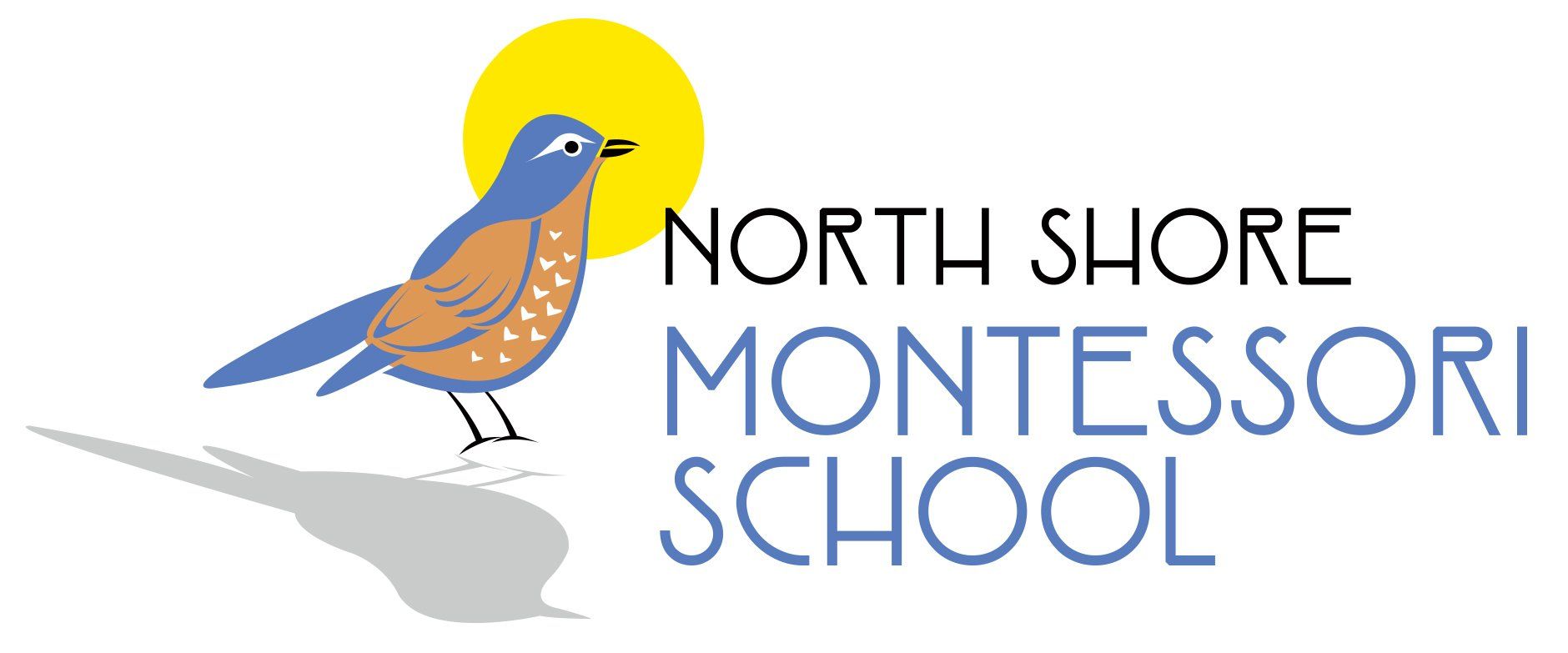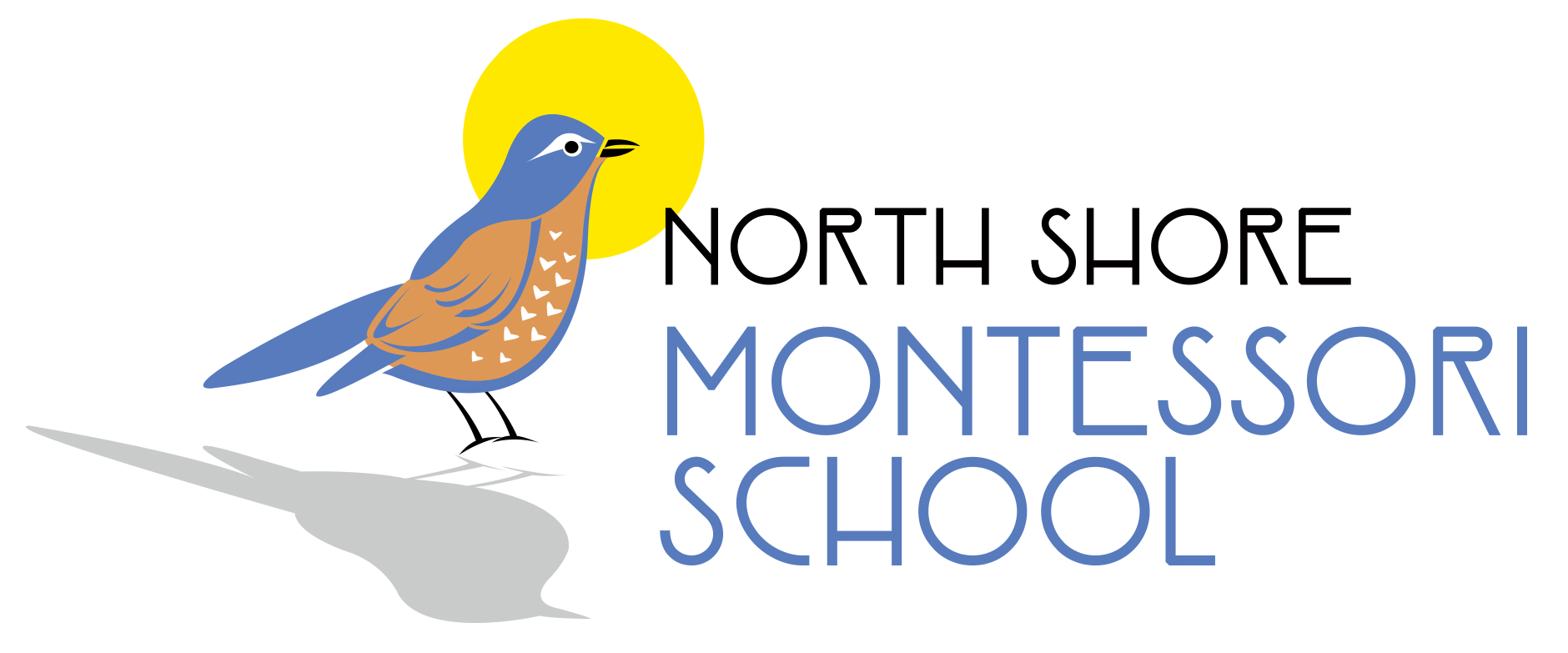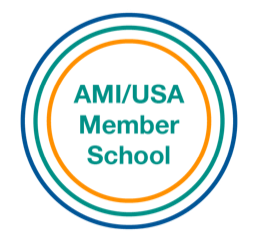Adolescent
Montessori Adolescents | Grades 7-9
The World as the Classroom
In a Montessori adolescent classroom, the social world of the students is anchored in shared work that is both intellectually satisfying and practically useful. The curriculum is built around projects that arise from the needs of the adolescents themselves, the immediate environment of our school and natural spaces, or the surrounding city. Adolescents apply skills directly to real life situations.
Students partake in activities that allow them to experience the social, intellectual, and economic world of adults, whether volunteering their time in community organizations, interviewing an expert on a topic of interest, or participating in economic exchange by building their own business. Adolescents spend time in natural spaces, both as a means to understanding interconnected ecological cycles, and to provide meditative balance to the adolescents’ shifting emotions and physical changes.
Education for Life
A team of specialists give clear lessons, then help students to develop projects on the topic presented. Frequent student/teacher conferences ensure that students are developing the necessary skills to complete their work. New knowledge is continually connected to its practical use or its ramifications for society, and students must work together to bring large projects to completion. Students come to care about each other, and to value themselves, through shared work. Power comes through the achievement of a task that has practical use, and a clear understanding of how one’s talents can be applied to the improvement of society.
Interdisciplinary Learning
The adolescent academic work builds on the Montessori elementary curriculum to provide a course of study that offers exceptional depth and opportunities for personal engagement. The program includes integrated science, interdisciplinary humanities, mathematics, Spanish, literature and language arts studies, health and human development, a wide range of arts offerings, and diversity of physical education and wellness experiences.
Aspects of the Adolescent Program
Occupations- This is the study of human progress. It encompasses the sciences: biology, geology, chemistry, physics, mechanics and engineering, science, technology, and applications for mathematics. It also connects students with the contemporary life of their community.
Humanities- The study of human societies, incorporating the arts, languages, civilizations, governments, migrations, and ideas.
Math- Algebra and Geometry. Students learn skills and work on problem sets. This information may also be incorporated into projects.
Micro-Economy- a small business developed by the students, whose budget is independent of the school’s budget. Micro-economy efforts differ from fundraisers because profit is re-invested in the business. Examples include: selling produce from a market garden, providing childcare or entertainment for school events, making and selling cards or other artistic products, making other products, such as soap or candles.
Creative Expression- dance, music, art, poetry, acting
Physical Expression and Wellness- athletics, mindful movement
Outdoor Time- Adolescents benefit from time spent in nature, exploring, reflecting, or taking care of practical tasks. This time might be used to maintain school gardens or complete carpentry projects. It might be used in observation and nature drawing or playing organized games.
Outings- As part of their work, Adolescents need to leave the school environment frequently. They often visit businesses and experts, in order to gather information for their projects. They go shopping and price materials for their business. They have creative and physical experiences, such as visiting the symphony or theatre, Discovery World or MIAD, or kayaking on the Milwaukee River.


